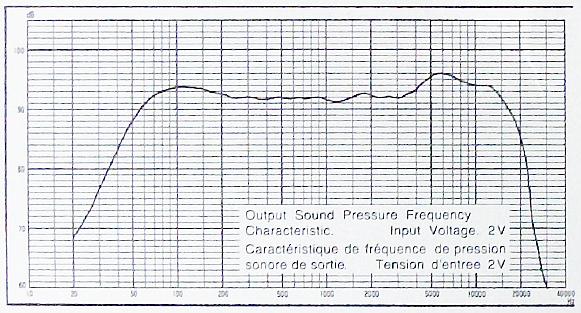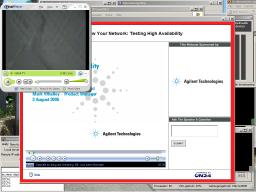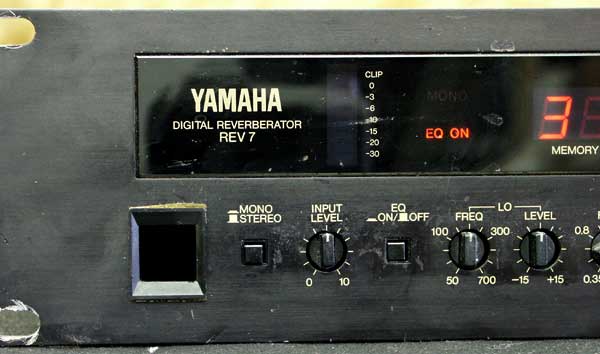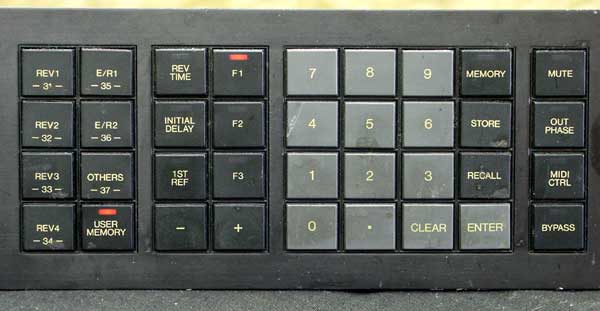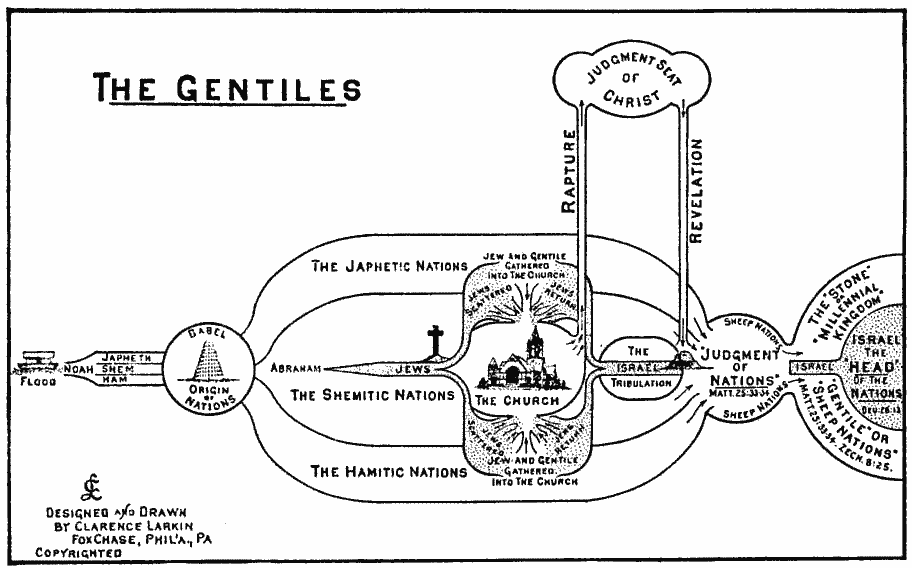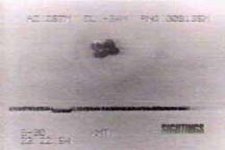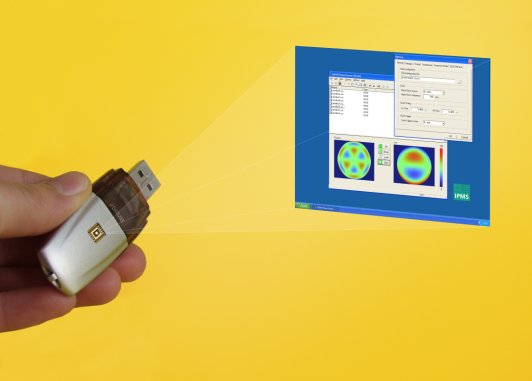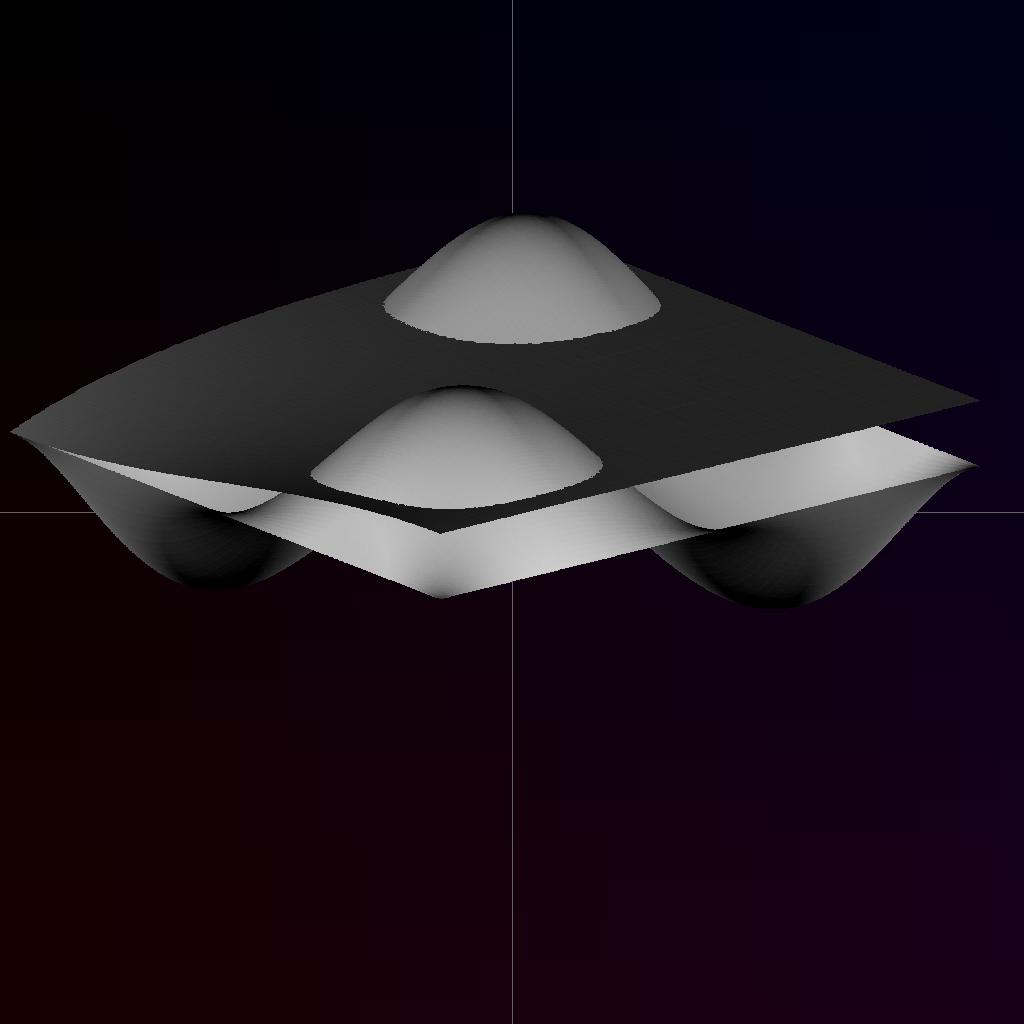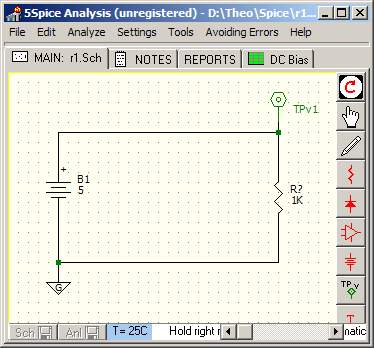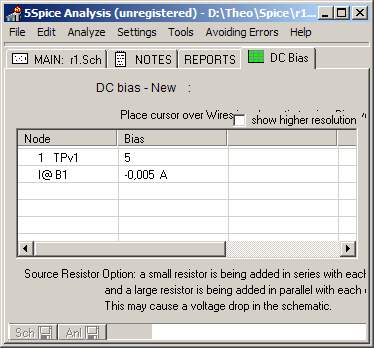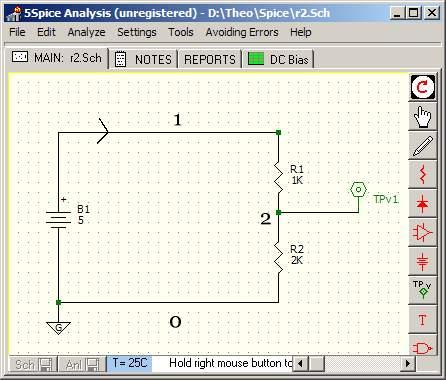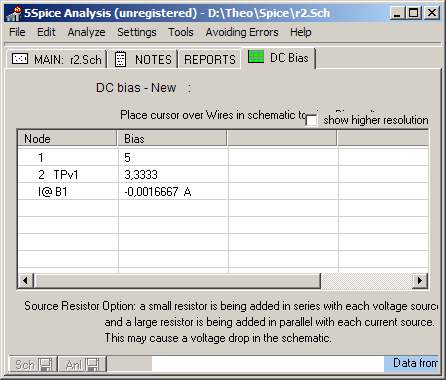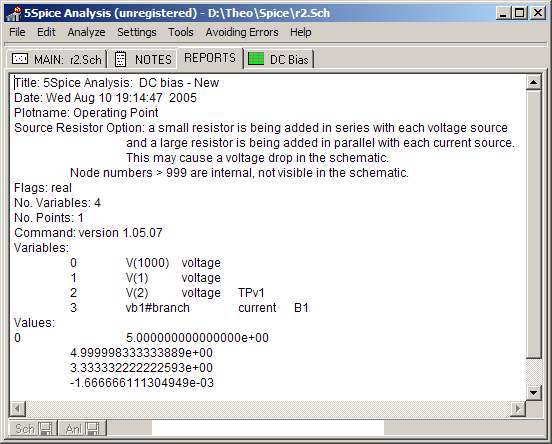Hi Mr. Richard
Stallman,
With interest I've followed your lecture at Fosdem 2005 about
copyrights, little had I suspected about the amount of issues around
this subject, as EE student I decades ago did an extensive group work
about the subject of software patents/copyrights, and I didn't think
until recently about the implications of evil forces consistently
claiming everything normal and valuable in computer software and
hardware.
I have a question about memory management and thought I'd ask you about
it: I use a blackfin DSP (on the Analog Devices EZLITE 533 and 561 dual
core board) and 'of course' also the excellent gnu C compiler on the
pentium, and was wondering about eperimenting with my Xilinx FPGA/CPLD
boards in combination with the DSP and some external memory. Especially
the idea of memory paging and protection somehow isn't feeling right,
like with the pentium I remember from the datasheets LOTs of hassle to
use segment structures and pointers.
Is it possible to sum the Linux policy wrt paging/protection up in
short, and is their any thinking in the compiler around this subject?
Another subject which maybe can make it in your "Political
Notes"section is the question of wether _musical_ algorithms can be
copyrighted somehow and to what extend, like lets say the music
business sample-trouble, I sent some major (windows based) european
hardware-music-synthesizer music software producers this mail:
--------------------------------------------------------------------------------------------------------------
CC:
info@native-instruments.de
sales@native-instruments.de
Michael.Hirsch@native-instruments.deinfo@ikmultimedia.com
jobs@ikmultimedia.com
Dear Native Instruments, IKMultimedia,
I intend to make Open Source version of simulations of vintage and
modern synthesizers,
not unlike the software you put on the market.
I was wondering if there are specific or general Copyright Issues with
the software you produce,
in the sense of there being problems with me sampling output from your
products, and alternatively:
have you had to licence for instance the Yamaha / Stanford FM synthesis
algorithms or communicate
with lets say the Hammond Fender or Sequential factories to obtain
permission to immitate/sample/reproduce
the sound of their instruments?
I've appreciated the use of the free demo programs and even the free
guitar amp simulator available and
even used them a bit to make music with, and wondered why there are no
Linux and other versions
of this kind of software which is certainly quite quality limited when
compared with the quality of
modern synthesizers like from Yamaha, Kurzweil and others but then
again
many people use windows
and al large audience has been introduced to electronical musical
instrument sound impressions and
use.
So I intend to start a number of open source products running on
pentium
machines with Windows
and Linux, other types of machines which run Linux (or Unix), on DSP
(with C compiler, like
the AD Blackfin single and dual core) and in dedicated hardware
(electronics, cheap FPGA like Xilinx Sparta-3),
and wondered wether I should stay with my orignal synthesis algorithms
like my string simulator
http://82.168.209.239/Articles/pms.html
and general sampling and subtractive and additive synthesis algorithms
or reverse engineered
general synth structures (like OpenOffice compares to Microsoft tools),
or wether this can include
Samples or electronics circuit simulations (
http://theover.tripod.com/synthmg.html
from 7/14/'98) ?
Of course cooperation with you would be possible (I've even responded
to
job postings from NI),
but thusfar hasn't been fruitfull.
Oh yeah, thanks NI for the T-shirt I received at 2005 Music Messe, and
honestly, did you lot have
look at my BWise blockwise programming program (
http://wiki.tcl.tk/bwise
) for your latest
block programming based synthesizer software
:) ?
Regards,
Theo Verelst
theover@tiscali.nl
http://82.168.209.239/Diary/ldiary25.html
http://82.168.209.239/Synth
http://82.168.209.239/Soundtest
http://82.168.209.239/fosdem
------------------------------------------------------------------------------------
Regards,
Theo Verelst
theover@tiscali.nl

